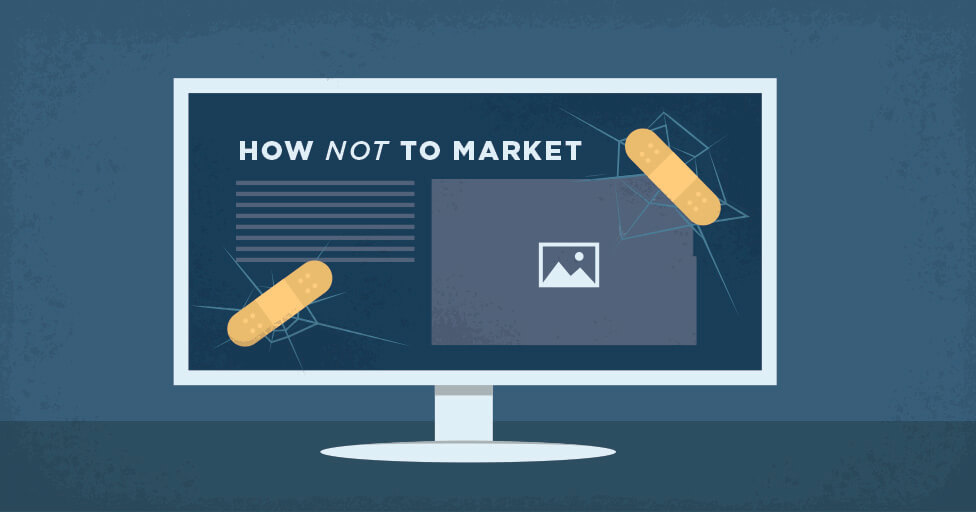
As a healthcare marketer, you face your fair share of problems on a daily basis. Whether it is keeping budgets aligned with service line goals, finalizing the monthly in-home magazine or just trying to get some table tents printed for the cafeteria, it never stops. But some of the problems you deal with aren’t issues you should be saddled with or that are even within your control. Those problems could range from a rash of bad online PCP reviews to post-acute care patient experiences.
Often times when these issues arise, someone in the C-Suite conjures up a solution: “We should put together a communications campaign to combat this.”
That’s right. They want to use the finite marketing resources at their disposal as a Band-Aid for the real problem: system operations.
And let me tell you, Band-Aids are good for one thing, and healing metaphorical operational wounds is not it.
More often than not, you probably have no say in these types of situations and end up engaging your team and agency partners to come up with a campaign that will combat the negative press or word-of-mouth. It’s a vicious cycle and a dangerous path to go down because while the spirit of the campaign may be born from good intentions (and may even look and sound great), it will do little to nothing to positively change perceptions or impact the situation. Because if we give the appearance that everything is alright, and then internal and external audiences see nothing has changed, we’ve damaged our credibility even further.
What should happen instead?
- Ask questions. Lots and lots of questions. Without digging in and figuring out the root cause of whatever is distressing the system in the first place, you won’t know how to address them.
- Brainstorm potential alternatives to addressing the issue without a communications plan and then rationalize the upside of doing so.
- Present vetted ideas to leadership and offer to help subsidize the operational fixes using marketing dollars. (This may seem like a bad idea, but you’ll look like a team player and strategic thinker for the entire organization, so it’s a win.).
In the end, you can hopefully come to some sort of compromise with leadership by addressing the issue head on instead of trying cover it up. At the same time, you can show them that you value those finite marketing resources, that you have other needs you’d like to address, and that any communications campaigns you put out won’t be worth its weight in Band-Aids unless the real systemic problems get healed first. Interested in learning more about how to execute this for your organization? Let’s talk.
Subscribe to our newsletter
Get our insights and perspectives delivered to your inbox.


